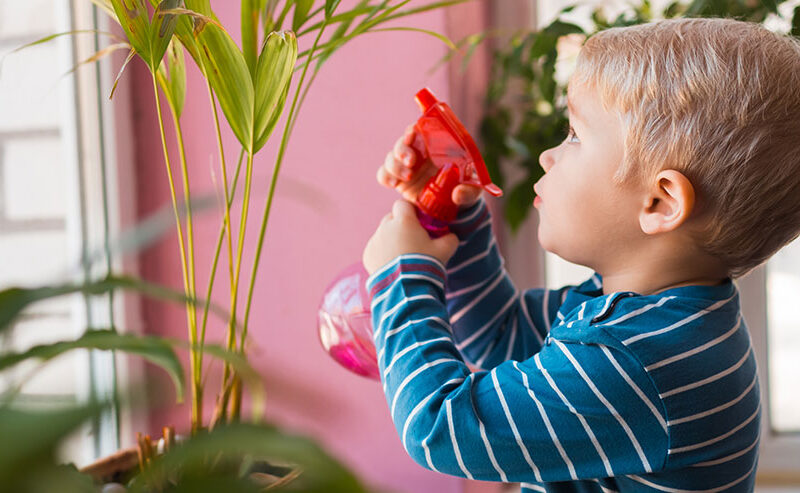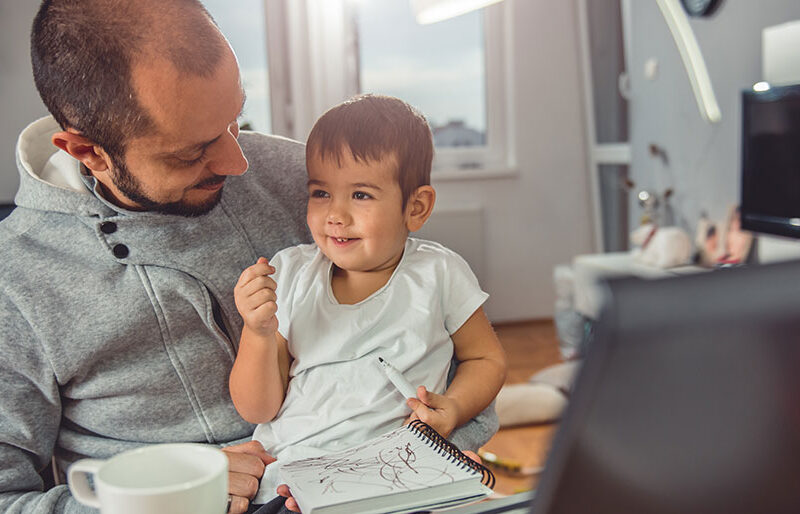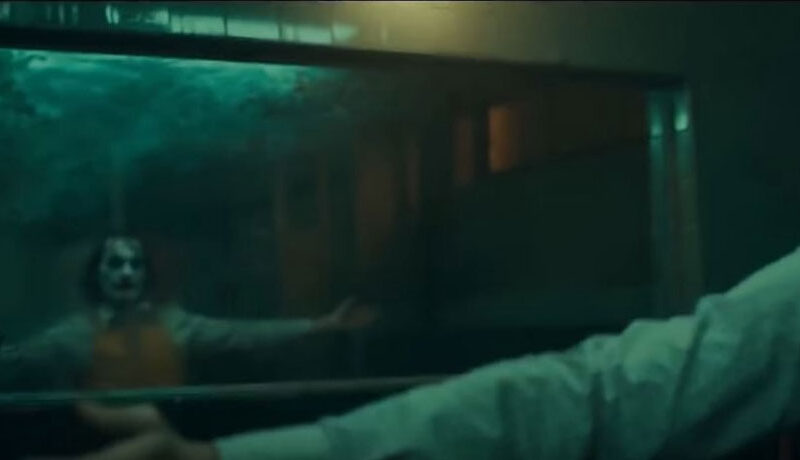Should we keep kids away from media after the Boston Marathon bombings?
Should we keep kids away from media after the Boston Marathon bombings? https://mediatrics.com/wp-content/themes/corpus/images/empty/thumbnail.jpg 150 150 Mediatrics Mediatrics https://mediatrics.com/wp-content/themes/corpus/images/empty/thumbnail.jpgOur hearts hurt after Monday's explosions at the Boston Marathon. The pain and shock in our community is palpable, and it’s hard to know where to go from here.
But there is also a remarkable upsurge of help and love that sprang out of the shadow of this event. The Center on Media and Child Health is at Boston Children's Hospital, one of the many area hospitals that leapt to care for those who were injured in this attack. In situations as horrifying as this, Fred Rogers say “Look for the helpers”. Well, we are looking—and we see them everywhere.
There are many wonderful resources to help guide you in talking with kids about this event (like Helping Kids Cope with Tragedy, How to Talk with Children about Boston Marathon Bombs, Helping Children Process the Boston Marathon Bombings). In addition to making space to talk with children and process their feelings about what’s happened, think about how to use media in ways that offer support:
- Limit exposure to the news for children of all ages. Think about who is in the room before turning on the news and when deciding how long to leave it on:
- Babies and toddlers: Even very young children who don’t understand what they’re seeing can sense and respond to fear in the adults around them.
- Preschoolers and school-age kids: For those old enough to make sense of images on the screen, seeing them even once can really make an impact—and seeing them replayed over and over again can escalate feelings of fear. Younger children may even think that the explosions are happening again each time they are shown on TV.
- Tweens and teens: Older children, too, need space from the images. They are more likely to understand that the images are real and so may feel a greater sense of threat, and that can compound when they hear the reports repeatedly.
- When they do see media images, look for the “helpers.”
Ask kids to point out the people they see helping. Everyone from EMTs to policemen to people simply standing on the sidelines or actually running jumped forward to help those who were injured. Looking for the stories of bravery and selflessness can help kids feel hope. - Look for messages of support, which can bring comfort. It may help kids—especially older kids—to feel a sense of unity and community when they see messages of support from people around the U.S. and around the world. Take
a look at images of people in Kabul holding up signs expressing support, or messages of love projected onto the sides of buildings in New York. - Connect with far-away family and friends. Mobile phones and streaming video can let kids see the faces and hear the voices of loved ones, which may help reassure and comfort them.
- Listen to favorite songs and read favorite books. Media like these can be particularly comforting in times of great stress.
Remember, too, to make media-free space for processing and healing. Bring kids outside for a walk in nature, which can help with calming and feelings of well-being, and make time to connect and let them know that you love them.
Peace, health, and freedom from fear to you and your loved ones,
The CMCH Team



